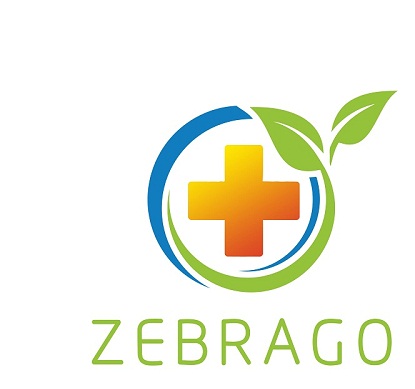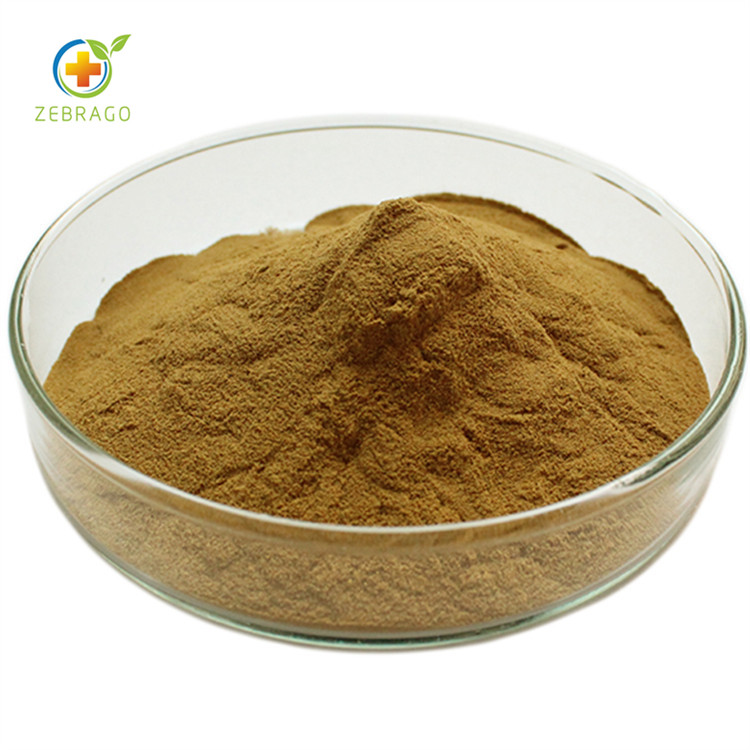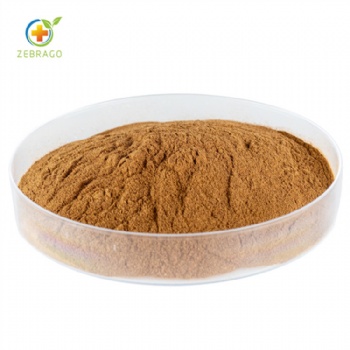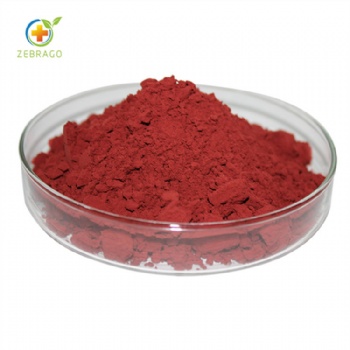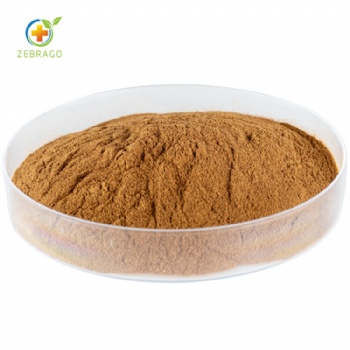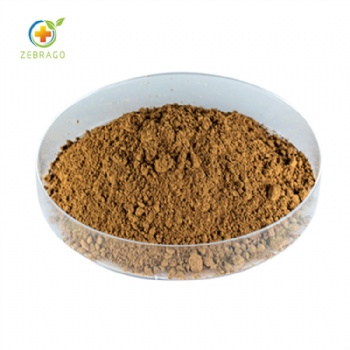|
Chlorogenic acid 20%, 25%, 98%, 99% (HPLC) | |
| Botanical Name: | Honeysuckle Flower Extract | |
| Part used: | Honeysuckle Flower | |
| Appearance: | brown powder | |
| Active ingredients: | Chlorogenic acid | |
| Specifications: | 20%, 25%, 98%, 99% (HPLC) | |
|
CAS No: |
CAS No: 327-97-9 | |
|
Molecular weight |
206-325-6 | |
|
Molecular Formula |
C16H18O9 | |
|
ITEM |
SPECIFICATION |
RESULTS |
|
Content |
≥5% |
5.6% |
|
Appearance |
Brown Yellow fine powder |
Conforms |
|
Odor |
Characteristic |
Conforms |
|
Sieve Analysis |
100% pass 80 mesh |
Conforms |
|
Identification |
TLC-Plant Drug Analysiy |
Conforms |
|
Loss on drying |
≤5% |
3.42% |
|
Sulphated Ash |
≤10% |
6.15% |
|
Heavy Method |
<10ppm |
Conforms |
|
Arsenic(As) |
<2ppm |
Conforms |
|
Residual Solvents |
<0.05% |
Conforms |
|
Microbiology Control |
|
|
|
Total Plate Count |
<1000cfu/g |
Conforms |
|
Total Yeast & Mold |
<100cfu/g |
Conforms |
|
Salmonella |
Negative |
Conforms |
|
E. Coli |
Negative |
Conforms |
Function:
A) Can be used as anti-infectious active ingredient
B) Has wide anti-virus, anti-bacteria effects
C) Has relatively lower toxicity and side-effects
D) Has obvious anti-infectious effects.
E) Due to its obvious anti-infectious effects, it not only can be used in pharmaceutical field but also can be used widely in many other fields like food, feed additives and cosmetics
Application:
A) Has a wide range of biological effects, from insect resistance to human health
B) An important factor in plant metabolism
C) An antioxidant and has anti-fungi effectivity, stronger than the antibacterial effectivity
D) An ester of caffeic acid and quinic acid, a major phenolic compound in coffee, the daily intake of coffee drinkers is 0.05-0.1g
E) Strong antioxidants in vitro and could therefore be contribute to the prevention of disease caused by free radicals.


